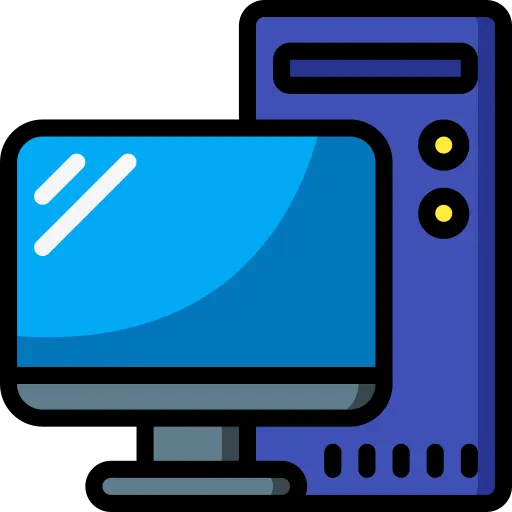

“the egg glides freely…”
the egg does not, in fact, glide freely. it’s also fucking burned to a crisp and there’s like an ocean of oil in there. terrible, terrible video.


“the egg glides freely…”
the egg does not, in fact, glide freely. it’s also fucking burned to a crisp and there’s like an ocean of oil in there. terrible, terrible video.


there’s this thing: STAR WARS GRINDHOUSE


thanks. looks easy enough to implement on other distros. this was my primary issue on why I wouldn’t use it, it just seemed bonkers to me to have the game I’m playing on my other device simultaneously being blasted on the main monitor.
the only thing missing would be runtime on/off/reconfigure, as I abhor rebooting.
do you have a ballpark figure of potential savings in $/€ per annum? and for what hardware? I remember calculating something similar and I don’t think I broke $20 in total, so promptly forgot about it.


not a plex user but someone buried the lede here… to me, this is the neon sign that screams GTFO:
we noticed that you’ve accessed libraries in the past
what business of yours is it to notice my private comings and goings?! what other actionable intel do y’all keep in your logs?! bye!
I ran something similar a while ago; it automated the steps you’re describing so it downloaded every new video from the channels I’m subscribed to along with metadata. I gave that up as it’s hella inefficient. what I have now is just a media sink by way of macast and I can send videos for playback to my media PC. so if you don’t need those videos for archiving purposes, try it out.


don’t go with server variants of the OS. they are intended for boxes that work without display and keyboard, which you have. instead, install any normal distro you’re familiar with. it’s infinitely easier to fix something with the full GUI at your disposal.
this is just your first install, you will iterate, and through that process you’ll get better and leaner, in terms of underlying OS. think of it as training wheels on a bike, you’ll pull them off eventually.
wired connection only, leave wireless turned off, and assign it a static IP address.
don’t do containerS, do one container first. figure out where you’re gonna store the compose files, where it will store data, how you will back that data up, etc. then add another. does it fit into your setup? do you need to modify something? rinse. repeat.
casaOS, aside from it’s murky background (some chinese startup or sumsuch, forgot?) doesn’t provide that path forward nor allows you to learn something, too much hand holding.
good luck.
using laptops as a forever-plugged-in device (regardless if workstation or server) isn’t the greatest idea. as an intermediary solution, like until you have something more permanent in place, sure. otherwise, look elsewhere.
limiting battery charge isn’t available on all laptop models and is aimed at preserving the battery’s functionality; it doesn’t solve the issue of a forever charged and never emptied battery. on the other hand, removing the battery on a lot of models limits their performance, significantly.
what is a viable solution is if you get a laptop board that runs at full power without battery, you can remove the board from the laptop, retrofit it with better cooling and additional storage (mini-PCI or M.2 to SATA adapters) and you end up with an energy-efficient server. but that requires a lot of work and is not something recommended for non-enthusiasts.
in short, sell it or swap it for something more adequate.